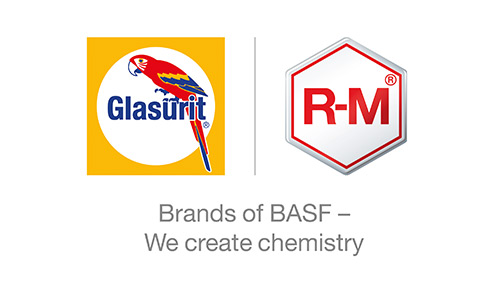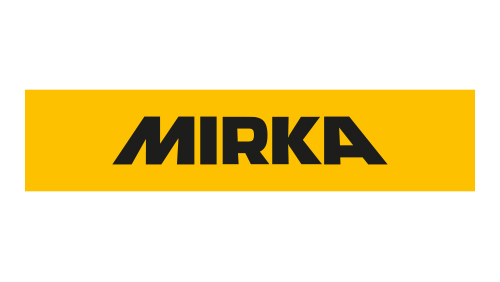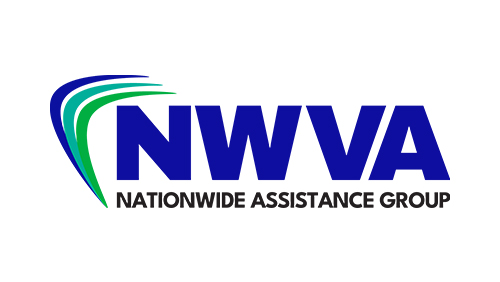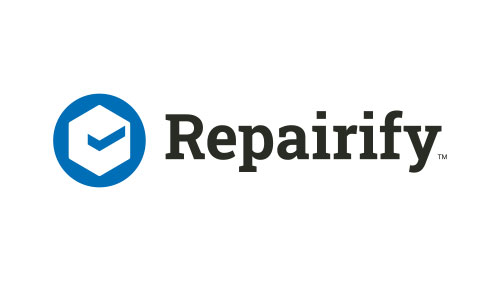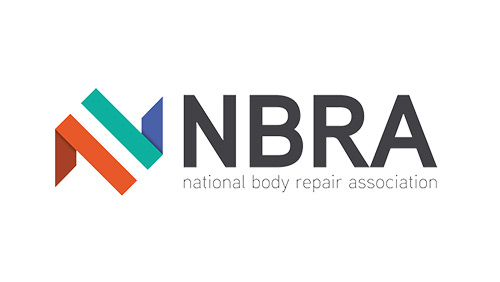In a market primed for further consolidation, Richard Steer, Chief Executive of Steer Automotive, has highlighted one of the key mistakes he believes business owners make in their expansion strategies.
Speaking to attendees at the ARC360 Back to the Future event held at the British Motor Museum, he said it was all too common to see organisations grow externally before their internal resources are in place.
He said, “One of the biggest problems people have with buy and build or consolidation strategies is they are always playing catch up. They are always buying business and then find they don’t have enough staff and resource in the right areas.”
Strategy
Richard has engineered an ambitious and successful growth strategy since acquiring Baldwins in July 2018. At the time of the event, the group had grown to 15 sites with further developments having been announced since (https://arc360.co.uk/steer-completes-key-north-east-acquisition/ and https://arc360.co.uk/steer-expands-southern-presence/).
He said, “We built a structure that was bigger than the existing business so we could grow into it.”
That meant ensuring the company’s infrastructure and workforce was able to handle the additional capacity without incurring a dip in customer services.
“The challenge is making sure we get the integration right and keep the staff engaged following a change of ownership. Most people are not receptive to change so we work really hard on that aspect. Our biggest single investment is not in our people, it’s in the people who manage our people.”
Investment
Expansion also applies to technology, with electrification the greatest single change impacting the sector in the last two years. The number of EVs in the market has grown exponentially and continues to do so, and Richard insists it is incumbent on bodyshops to ensure they move with the times.
That too requires investment, and while he admits that some bodyshops will immediately baulk at the word he believes the automotive incident repair aftermarket is at least partly culpable for the financial strain it is under – and that a lack of resources is not an excuse for failing to ensure safe repairs.
He said, “There has been a massive rise in electric vehicles and I’d hate to be the owner of a bodyshop that isn’t prepared. We’re staring down the barrel as far as that’s concerned but what are we doing to make sure we can invest in our staff and equipment and premises to make sure they’re fit for purpose? Because there is ownership and accountability when a vehicle is deployed into a repair centre to make sure the centre can actually do the work.
“It’s very easy to say the labour rate isn’t right and insurers don’t pay enough, but bodyshops have to look in the mirror and recognise that some of the contracts they’re signing up to are not sustainable. But if you’re buying a service and are told it will cost £10 and enough people tell you it will cost £10 then that’s the value.”
And while bodyshops may not be comfortable dictating terms to work providers, Richard says they are in the perfect position now to establish a more dominant role in negotiations. Capacity, he says, is now a major issue and will remain so for foreseeable future. The lack of demand that existed during lockdown has now swung the other way with the vast majority of bodyshops unable to handle all the work they have.
“There is over-demand,” Richard said, “which means bodyshops can define who they want to work with.”
Private equity
Another option available to ambitious repairers trying to get ahead is private equity. Although Richard funded business growth himself at first, he has now gone down the outside investment route to accelerate his expansion in an industry that he believes is laden with opportunities.
He said, “Collectively the industry is worth about £4.5bn, but it is fragmented. I think we are rife for further consolidation and that’s not just in bodyshops but in all areas of the supply chain; in insurance, distribution, and accident management. That’s why we’re hitting the accelerator. I was doing it with my own money initially but I couldn’t have done what I’m doing now without some outside support.
“But I was quite particular who I wanted as an equity partner and established the ground rules from the very beginning.”
Skills
However, going back to his first point, all growth is dependent on having enough skills in the business, and this remains an area of acute stress for the sector. Apprenticeships have dried up during Covid-19 and with the workforce further depleted by people leaving the industry – through retirement, career changes or returning to their countries of origin after Brexit – the need to bring in fresh blood has never been greater.
The idea of a centralised recruitment body was raised which Richard suggested his potential support for but also warned that individual shops have to take ownership of their own staffing challenges too.
“If you want to reap the benefits of apprentices then you have to invest to realise it. If you want the benefits of the game, then buy the ticket. But we’d be happy to talk about anything that allowed our industry to recruit more people, whatever shape or form that looked like.”
Like all industry-wide solutions, this would require collaboration from all stakeholders. Collaboration has been the buzzword of the last two years, but talking the talk is not the same thing as walking the walk.
Richard concluded, “There has been a lot of rhetoric in the last 18 months about collaboration. But it’s just words and I’ve not seen a huge amount of action. We’ve all seen the value of relationships, both good and bad, and now we need to look at how we can take those words and turn them into meaningful steps. I’m passionate about the industry and I want it to succeed. I believe it can. I didn’t come back into it because I thought it was a dead-end route to nowhere, I saw it as a massive opportunity.”





